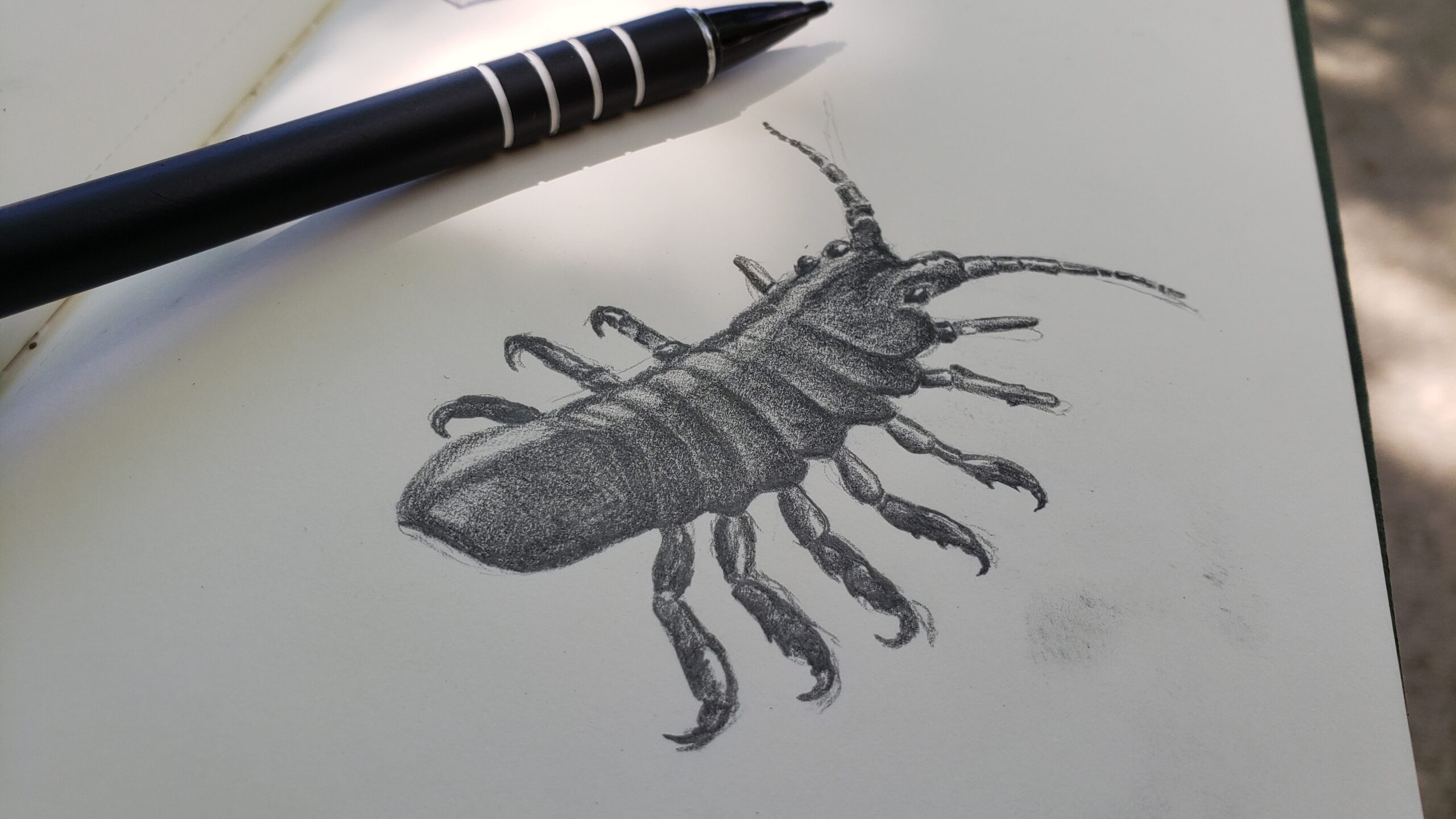
Exploring Saysutshun on Newcastle Island and getting reacquainted with the Pickle Bug.
Just got back from our first mini-trip since the pandemic hit. A few days in Nanaimo, British Columbia to visit family and a day to explore Saysutshun (Newcastle Island Marine Provincial Park). The island is just a short foot-passenger ferry ride across the harbour from downtown. It was a nice warm, overcast day to pack a picnic and spend some time exploring the intertidal zone during a perfectly timed low tide.
Beautiful little ecosystems, teeming with invertebrate marine life and many species of algae, ring this protected marine park. Almost 30 hectares of this 360 hectare island is easily accessible foreshore. You don’t have to walk far from where the ferry drops you off to start exploring and discovering some pretty funky wildlife.
..and if you head down to the intertidal and flip-over a rock* or find a patch of Pacifc Rockweed (Fucus distichus) riffraff, you’re sure to come across one of these little guys chillin, waiting for the tide to come back in. The Rockweed Isopod, Pentidotea wonsnesenskii.
*Please remember to return any rocks you flip over to as close to its original position as possible.. many of the organisms in these small communities are slow moving and very slow growing. If different areas of the rock are left exposed, sedentary species may have to start growing from scratch, become easier prey or even die. Leave it like you found it.
Usually found clinging to its namesake algal species, trying to keep cool and not dry out during the low tide, the Rockweed Isopod is a harmless, prehistoric looking, non-decapod crustacean. It has seven pairs of very strong legs, perfectly suited to hang on to just about anything, despite living in a habitat prone to strong currents and and extreme exposure.
It is known by a few other names.. Vosnesensky’s isopod, Kelp isopod, Olive-green isopod, Green isopod and the Pickle bug. They are typically an olive-green colour, but can also be tan, brown, yellow, black or pink.
Their colour depends upon the type of algae that they are associated with. Their body colour can change with time, but scientists do not yet understand how this happens; but, it is not related to their diet.
Back home, in Vancouver’s English Bay, rockweed isopods are a little harder to come by. My favourite spot to sit and draw, near the foot of Dunbar on Point Grey Road, has a few. The local colouration, seems to be dark brown to jet-black and back in 2019, I had a chance to sketch the subject.
As you can see, I didn’t quite finish it. I was planning to fill it up and add some more info.. but honestly, I had forgotten all about this drawing. Thankfully, my recent trip reminded me, and maybe I’ll take another crack at sketching this neat little marine invert again soon.
– Aaron




















